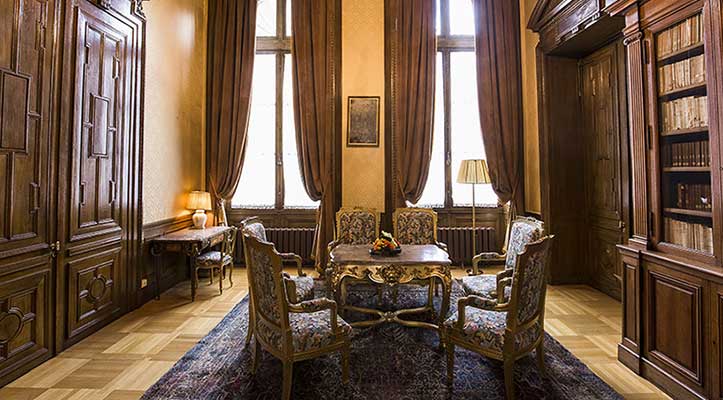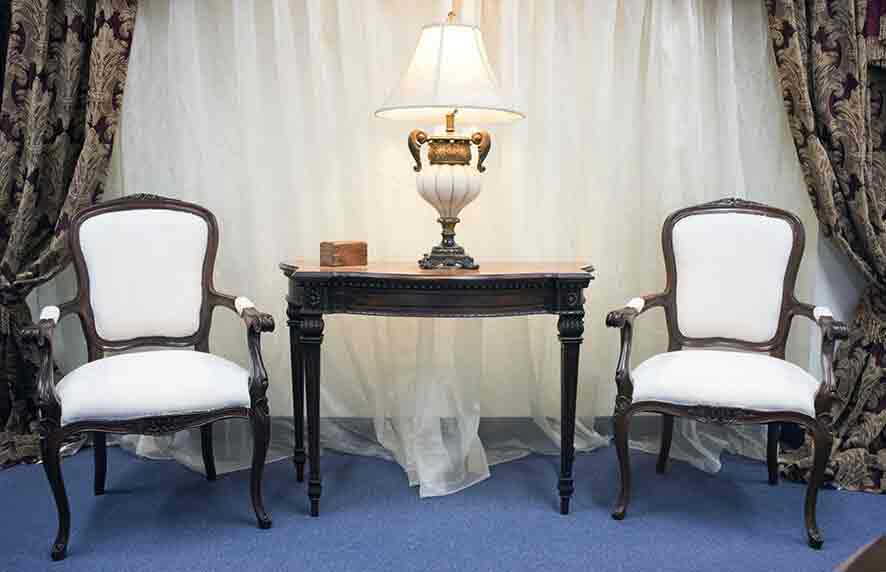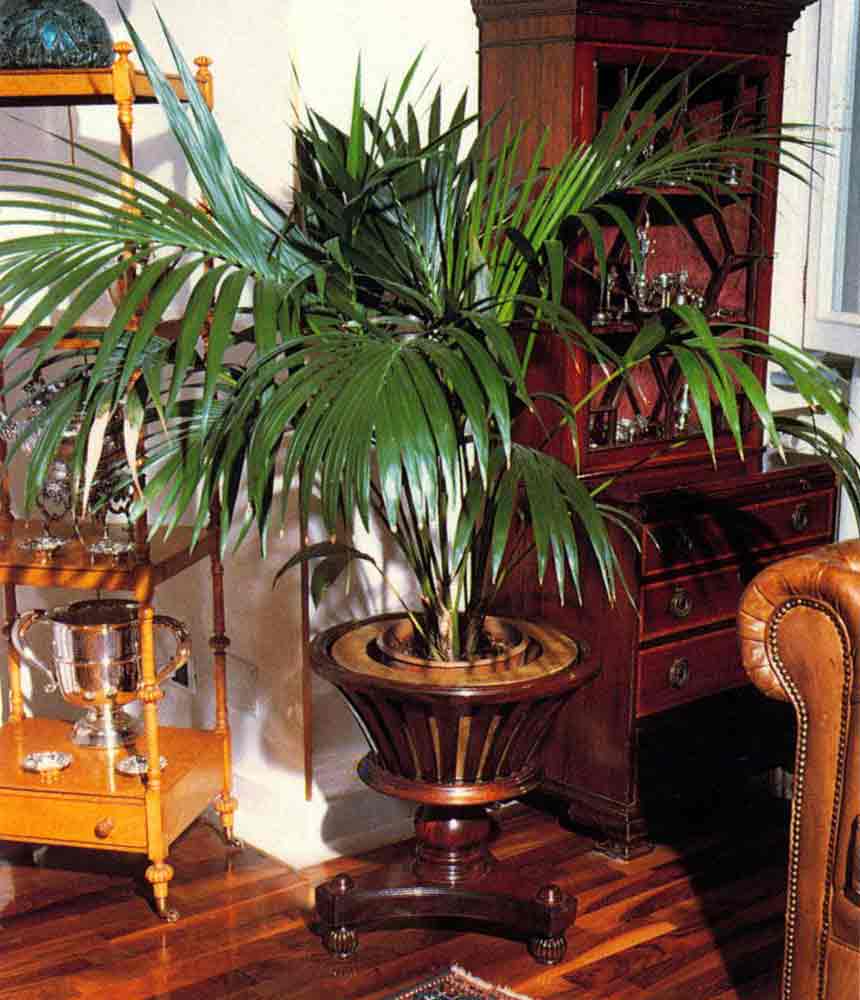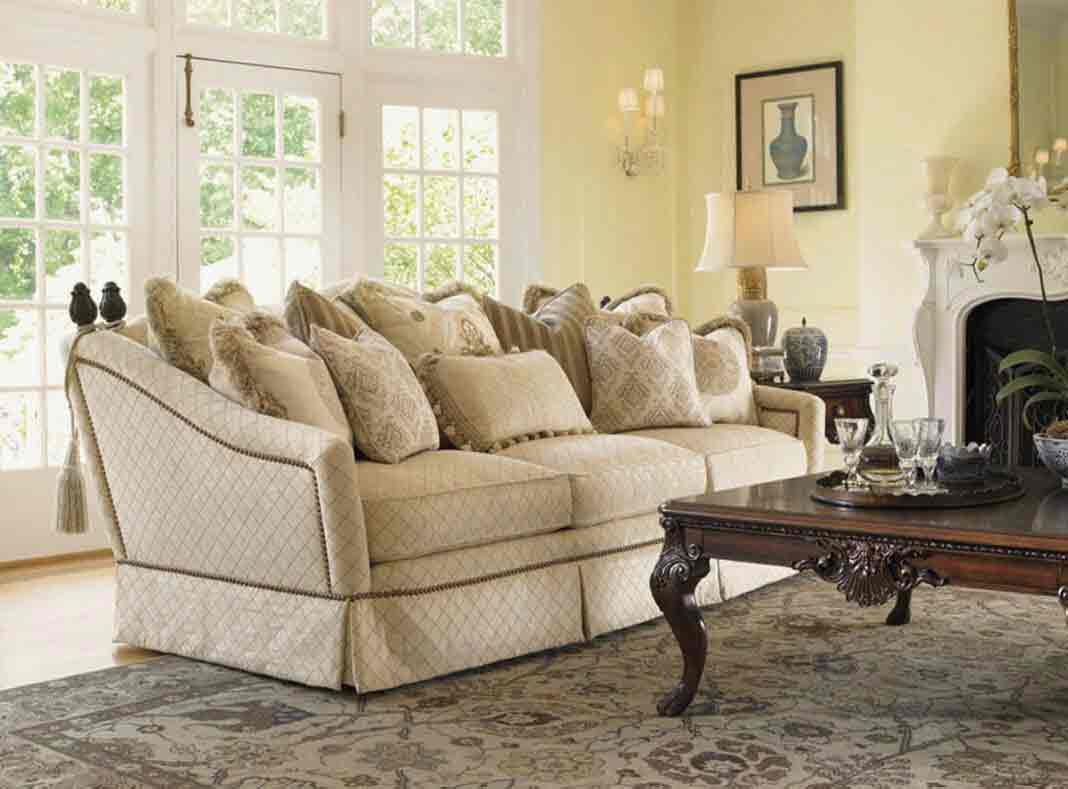What You Should Be Aware of Regarding Wood Joints
Professional craftsmen do not use wood or glue to fasten high quality reproduction furniture. The wood joinery use factors heavily into the level of quality for a particular piece of furniture. We want to give you a few examples of joinery in woodworking, including good and bad ones.
Good Examples
The best kind of wood joinery is the interlocking method. This is a technique that is usually indicating hand crafted design and an attention to detail that is meticulous. This kind of joinery method gives you furniture that can last for generations, and the best types of interlocking joinery are dovetail, butterfly, and mortise and tenon.
Bad Examples
The worst kinds of joinery methods are very simple, very shoddy and will not last very long. They may often use glue or something else that simply doesn’t hold the wood in place very well. Some bad examples include rabbet joints, butt joints and dowel joints.
Ugly Examples
Some furniture will be held together using only nails and glue. This is usually very cheap furniture, but it is not going to last at all. Under just normal wear, it will break apart and look unsightly in short order. You will probably find pieces like this if you look at the consignment stores in your area.
Any reputable furniture company that is specialising in reproducing antique furniture will tend to use high quality joinery methods. They will often use the same joinery method as what the antique furniture used that they are trying to reproduce. Of course, when you are look-in for high quality furniture, you want to look at more than just the joinery, but how the furniture is assembled is a key part of choosing furniture that will last and that will be worth your money.

 Bedroom
Bedroom Lounge Living
Lounge Living Antique Dining
Antique Dining Entrance/Hallway
Entrance/Hallway French Provincial
French Provincial Library/Study
Library/Study Sundry
Sundry Designer Furniture
Designer Furniture New Designs
New Designs
